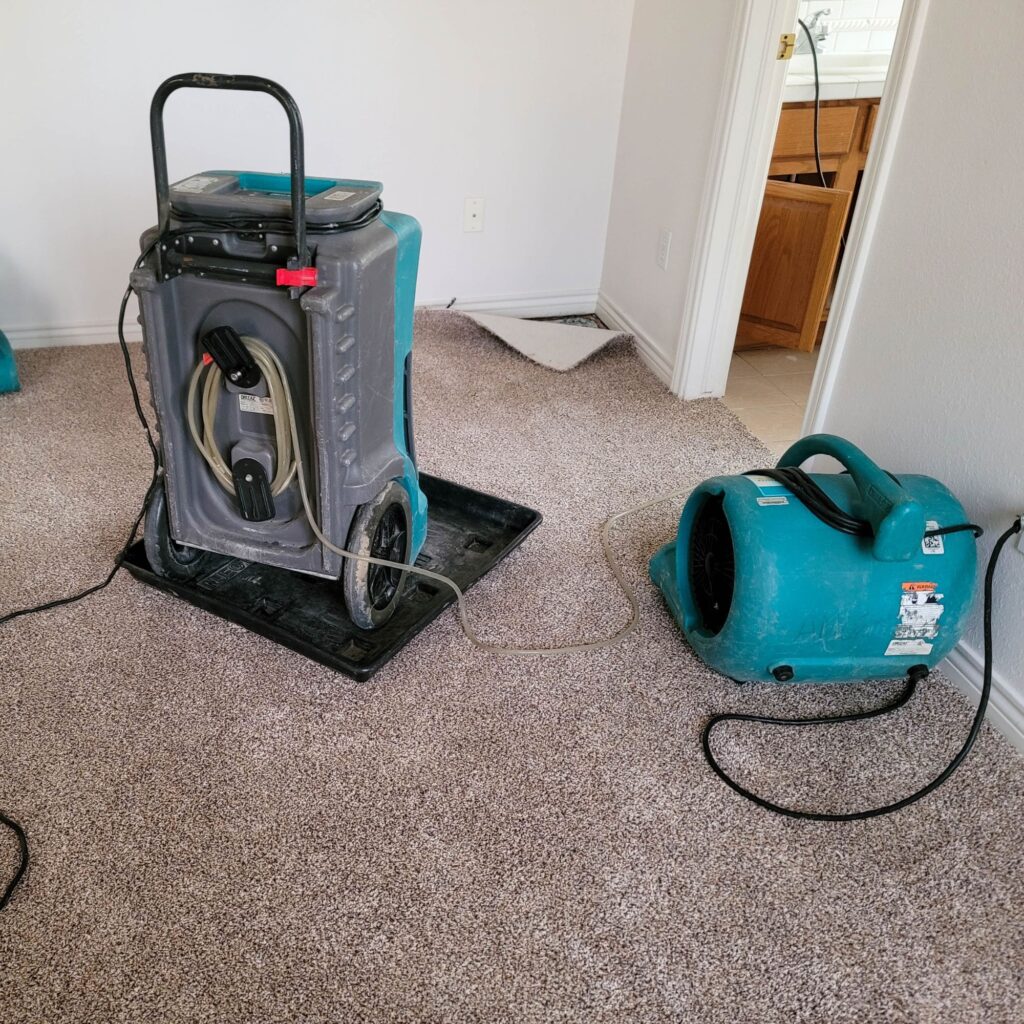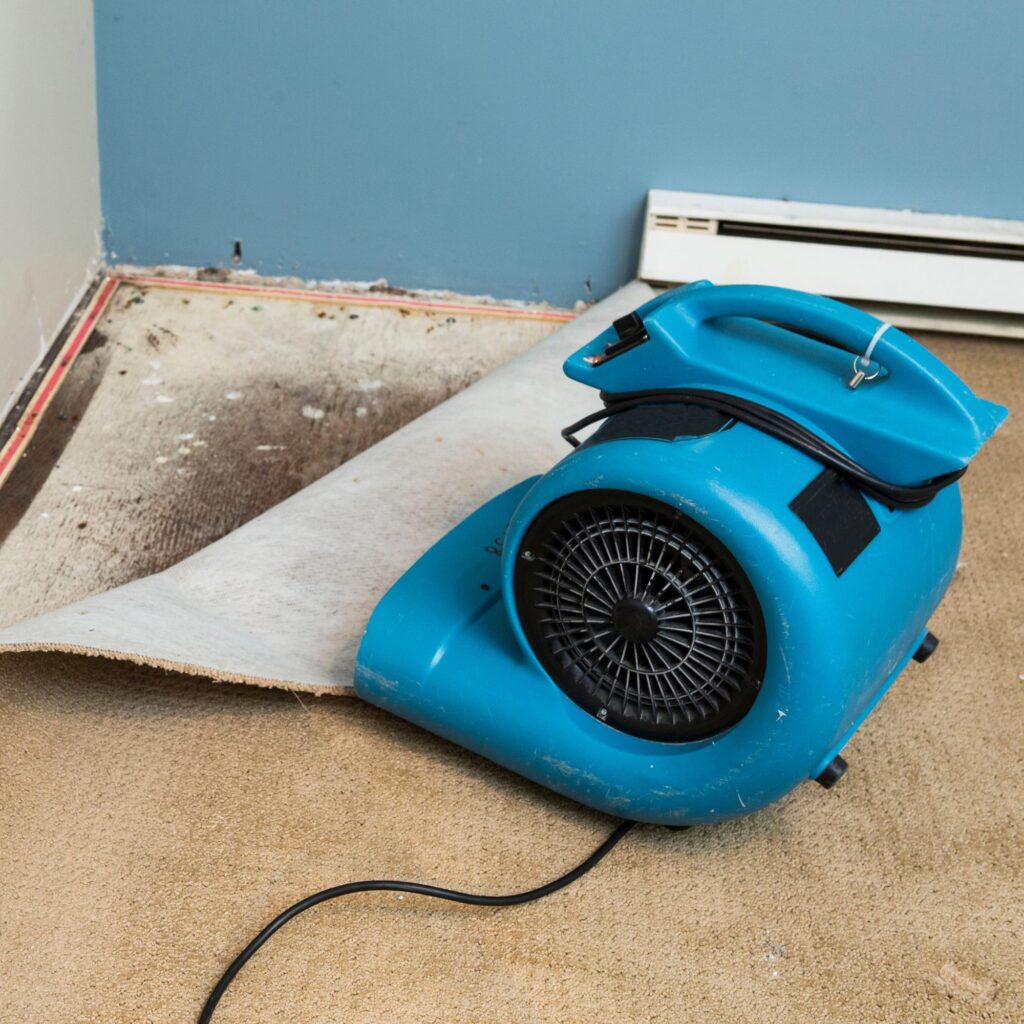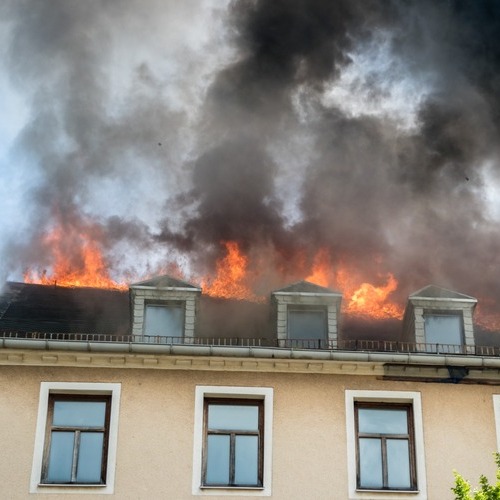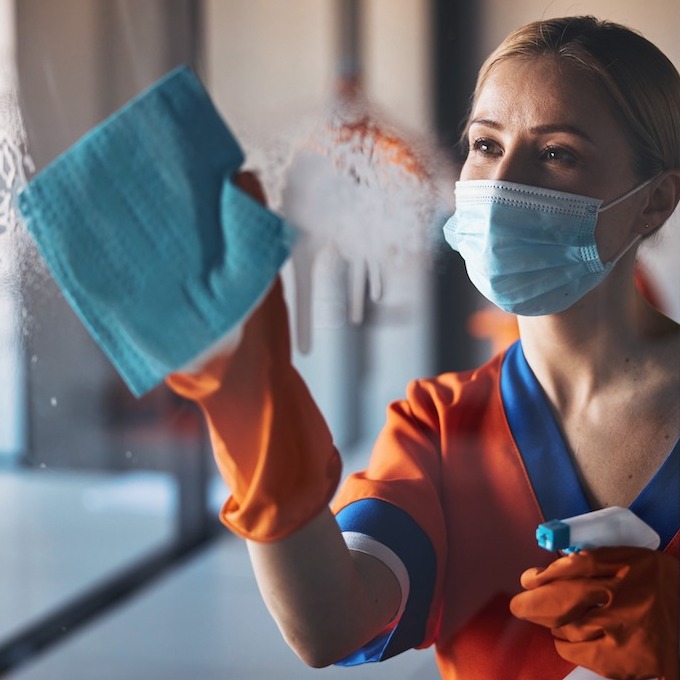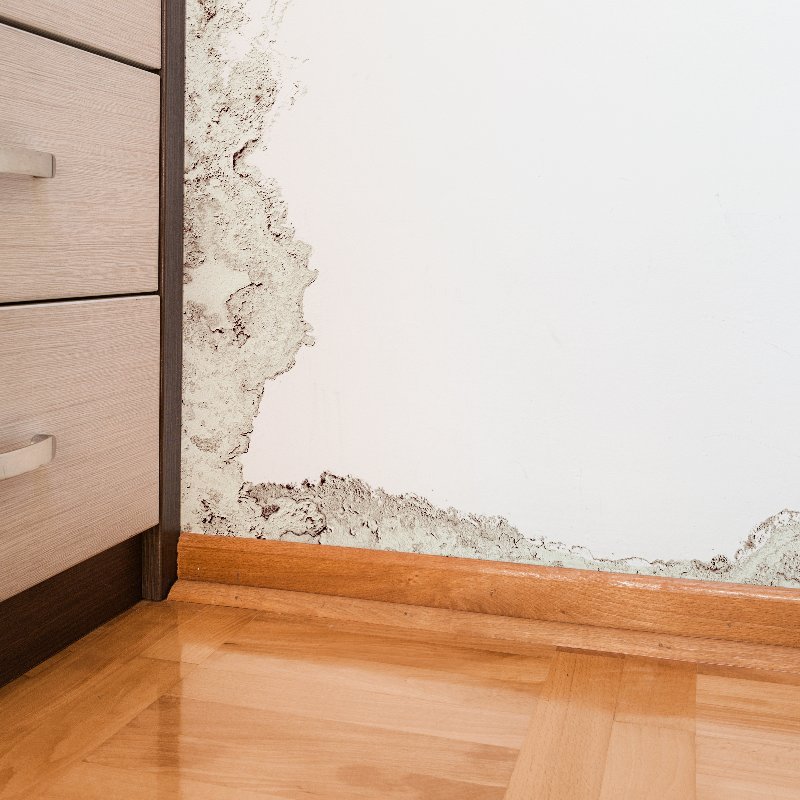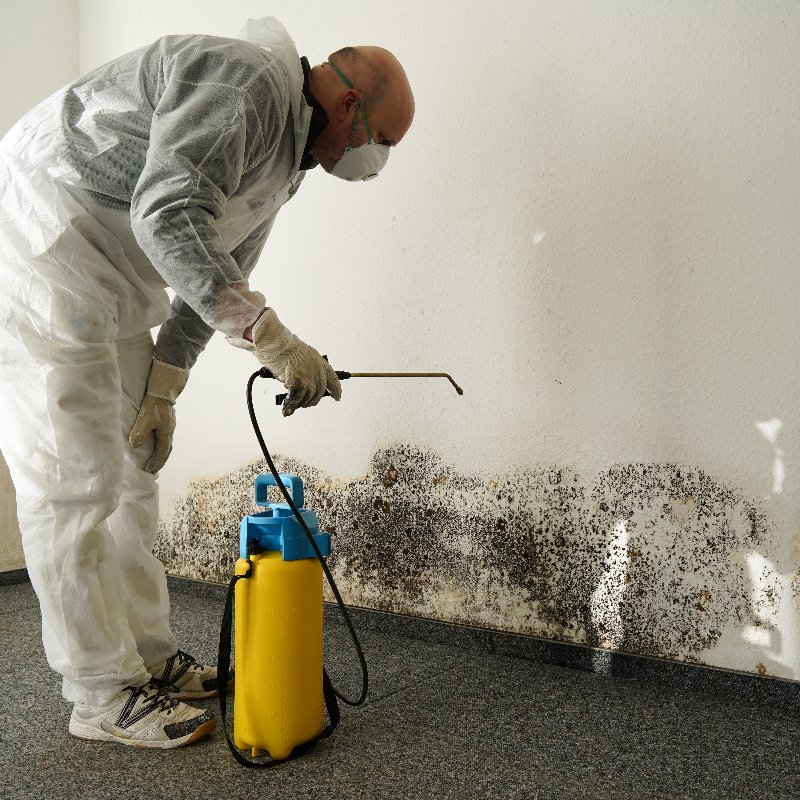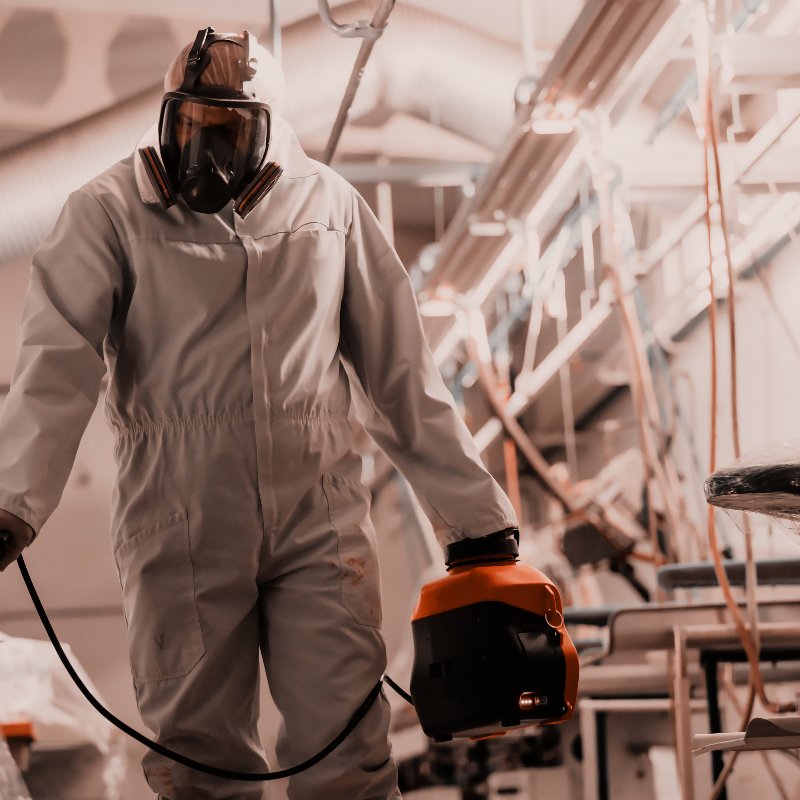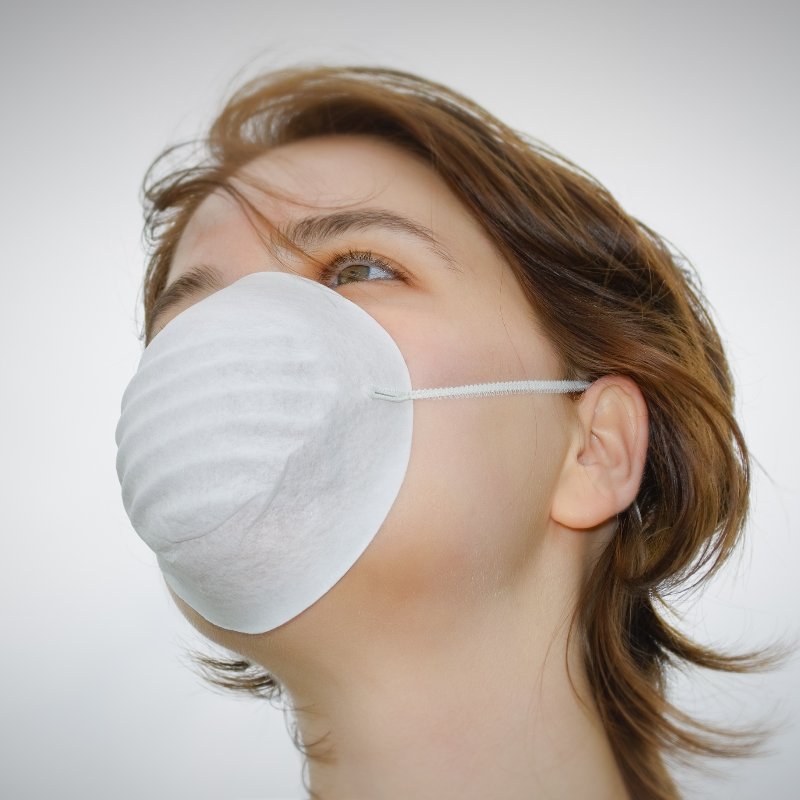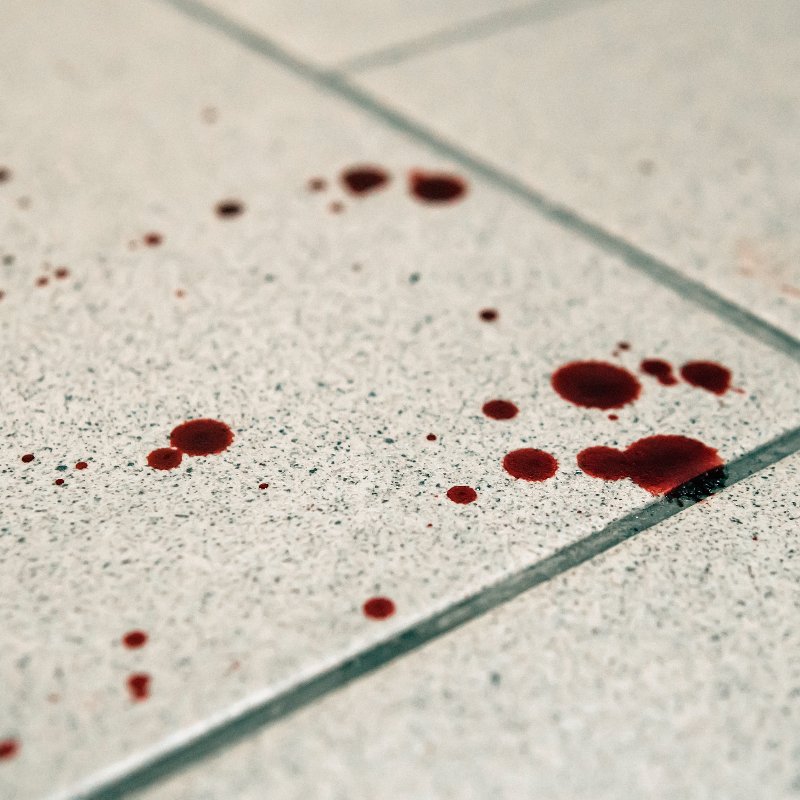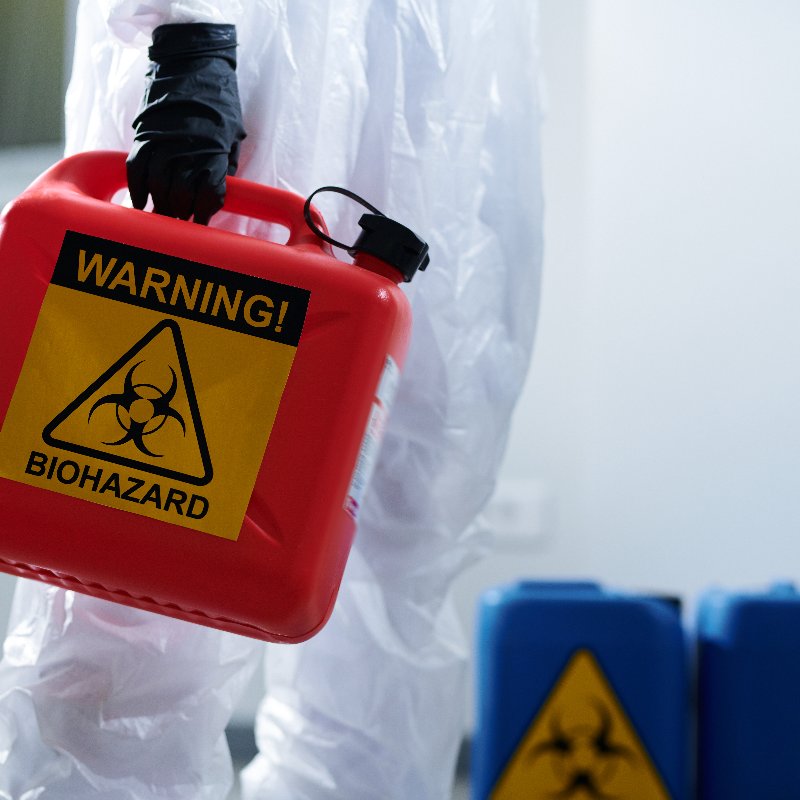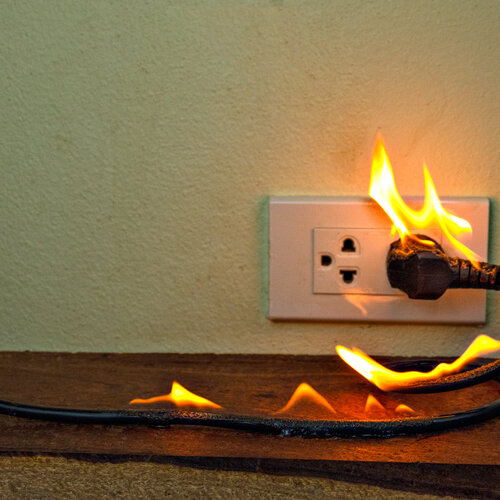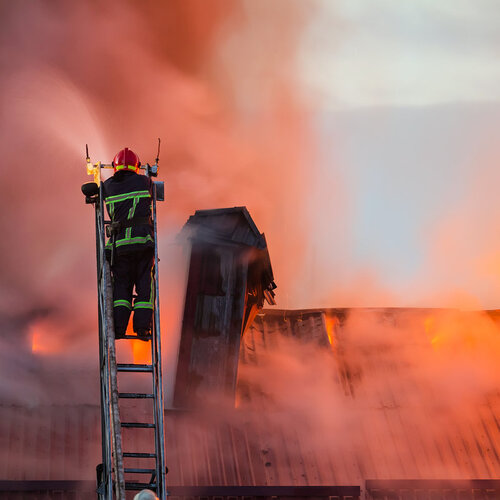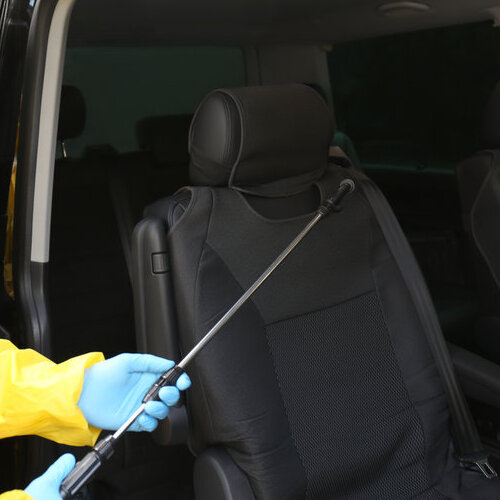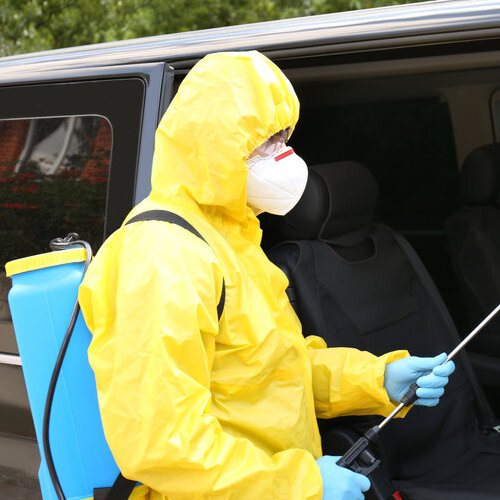
What to Do When Your Water Heater Bursts: A Comprehensive Guide
A water heater bursting is a homeowner’s nightmare that can cause significant water damage and disruption. Knowing the steps to take immediately after this emergency can help mitigate damage and expedite the restoration process. This blog will provide you with a detailed guide on what to do if your water heater bursts, helping you understand the importance of quick action and professional water cleanup restoration services.
Understanding the Risks and Immediate Actions
When a water heater bursts, it can release a large volume of water rapidly, leading to potential flooding, structural damage, and mold growth. Immediate action is crucial to minimize these risks.
- Turn Off the Water Supply
- Locate the Shutoff Valve: The first step is to stop the flow of water. Locate the cold water shutoff valve on your water heater and turn it off. This valve is usually found at the top of the heater, connected to the cold water inlet pipe.
- Main Water Supply: If you cannot find or access the shutoff valve on the heater, turn off the main water supply to your home to prevent further flooding.
- Turn Off the Power Supply
- Electric Water Heater: Find the circuit breaker panel and turn off the breaker corresponding to your water heater. This prevents electrical hazards.
- Gas Water Heater: Turn off the gas supply by locating the gas shutoff valve, typically found near the heater’s base, and turning it to the off position.
- Drain the Water Heater
- Attach a Hose: Connect a hose to the drain valve located at the bottom of the water heater. Direct the hose to a floor drain or an appropriate drainage area outside your home.
- Open the Drain Valve: Open the drain valve to let the water flow out. This step helps reduce the amount of water that could potentially flood your home.
- Mitigate Immediate Water Damage
- Remove Water: Use a wet/dry vacuum to remove standing water. If the water level is high, consider using a sump pump.
- Protect Belongings: Move furniture, electronics, and other valuables to a dry area. Use plastic sheets or tarps to cover items that cannot be moved.
Assessing the Damage and Safety Considerations
Once you’ve taken immediate action to stop the water flow and reduce flooding, it’s time to assess the damage and ensure safety.
- Inspect the Area
- Structural Damage: Check for signs of structural damage to walls, floors, and ceilings. Look for warping, buckling, or sagging, which indicate serious issues.
- Electrical Hazards: Be cautious of any electrical outlets or appliances that may have come into contact with water. Avoid these areas and, if necessary, turn off the electricity to affected zones.
- Document the Damage
- Photographs and Videos: Take photos and videos of the damage for insurance purposes. Document everything from the water heater itself to the affected areas and belongings.
Contacting Professionals: The Key to Effective Restoration
While initial steps are critical, professional water cleanup and restoration services are essential for thorough and safe recovery.
- Call a Water Cleanup Restoration Company
- Immediate Response: Contact a reputable water cleanup restoration company as soon as possible. These professionals have the expertise and equipment to handle extensive water damage efficiently.
- Assessment and Plan: Restoration experts will conduct a detailed assessment of the damage and develop a comprehensive restoration plan, including water extraction, drying, dehumidification, and repairs.
- Notify Your Insurance Company
- File a Claim: Contact your insurance company to report the incident and begin the claims process. Provide them with the documentation you’ve gathered and details about the restoration company you’ve contacted.
- Adjuster Visit: An insurance adjuster will likely visit your property to evaluate the damage and determine the coverage.
The Restoration Process: Steps Toward Recovery
Professional restoration involves several critical steps to ensure your home is returned to its pre-damage condition.
- Water Extraction
- High-Powered Pumps and Vacuums: Restoration professionals use high-powered pumps and vacuums to remove standing water quickly and efficiently.
- Drying and Dehumidification
- Industrial-Grade Equipment: Using industrial-grade dehumidifiers and air movers, professionals will thoroughly dry the affected areas to prevent mold growth and structural damage.
- Moisture Monitoring: Continuous monitoring of moisture levels ensures that the drying process is effective and complete.
- Cleaning and Sanitizing
- Disinfection: Surfaces affected by water damage are cleaned and disinfected to eliminate bacteria and prevent mold growth.
- Odor Removal: Specialized equipment and techniques are used to remove any lingering odors caused by water damage.
- Restoration and Repairs
- Structural Repairs: Damaged drywall, flooring, and other structural elements are repaired or replaced as needed.
- Final Inspections: Thorough inspections ensure that all repairs are completed to high standards and that your home is safe and restored.
Preventive Measures: Reducing Future Risks
After dealing with a burst water heater, taking preventive measures can help avoid similar incidents in the future.
- Regular Maintenance
- Inspections: Regularly inspect your water heater for signs of wear, corrosion, or leaks. Schedule professional maintenance checks annually.
- Flushing: Periodically flush your water heater to remove sediment buildup, which can cause pressure and lead to bursting.
- Upgrade Your Water Heater
- Modern Models: Consider upgrading to a modern, high-efficiency water heater with advanced safety features and better durability.
- Install Safety Features
- Automatic Shutoff Valve: Install an automatic shutoff valve that cuts off the water supply if a leak is detected.
- Leak Detection Systems: Consider installing leak detection systems that alert you to potential issues before they escalate.
Conclusion
A burst water heater can cause significant disruption and damage, but knowing the immediate steps to take and the importance of professional restoration can make all the difference. By acting quickly to shut off water and power, mitigating immediate damage, and contacting a reputable water cleanup restoration company, you can minimize the impact and ensure a thorough recovery. Additionally, implementing preventive measures can help protect your home from future water heater emergencies, providing peace of mind and safeguarding your property. Call us now at (954) 548-5613 if you need water heater cleanup in Broward, Palm Beach, and Miami-Dade Counties, FL. Call today!


